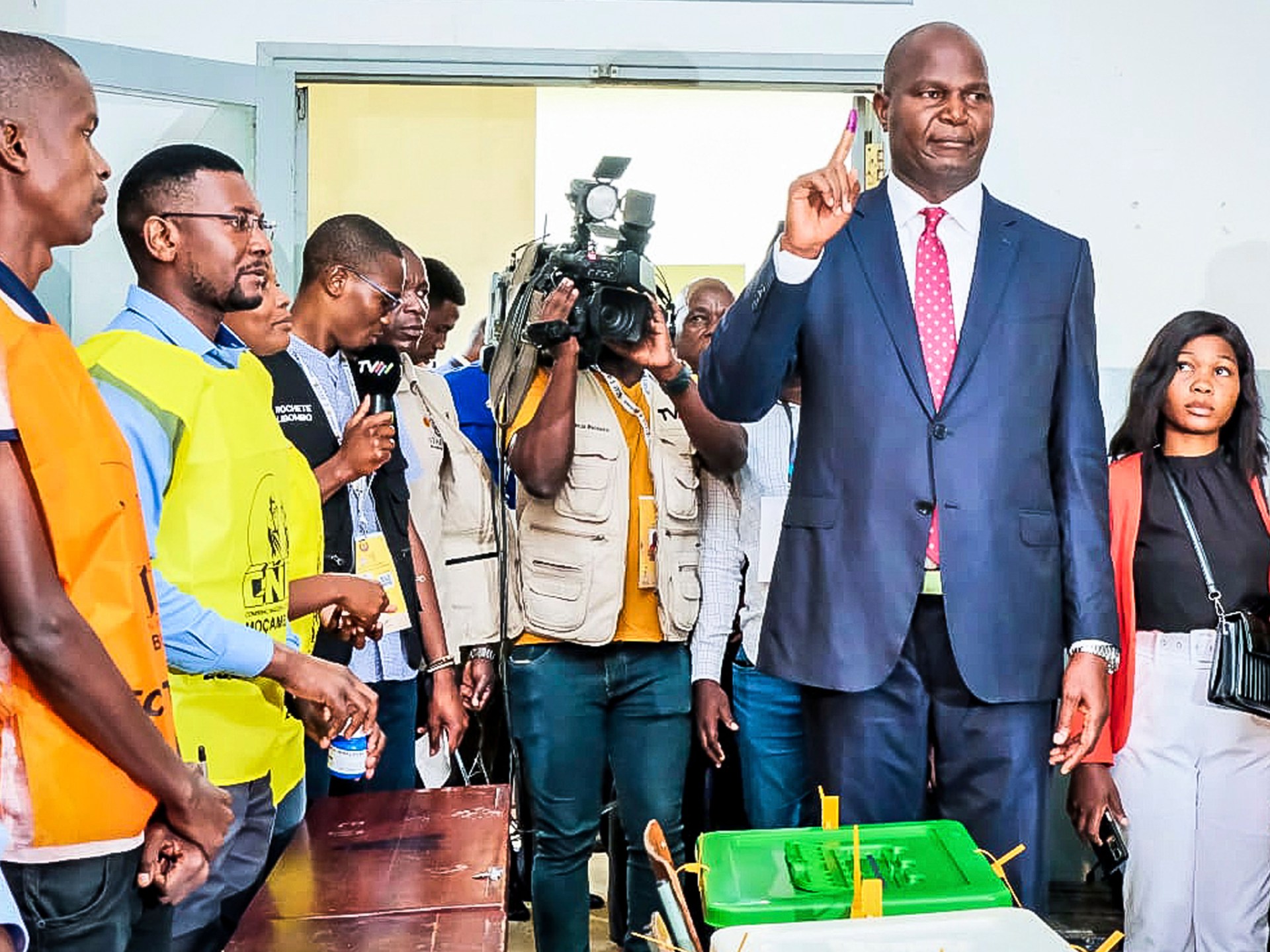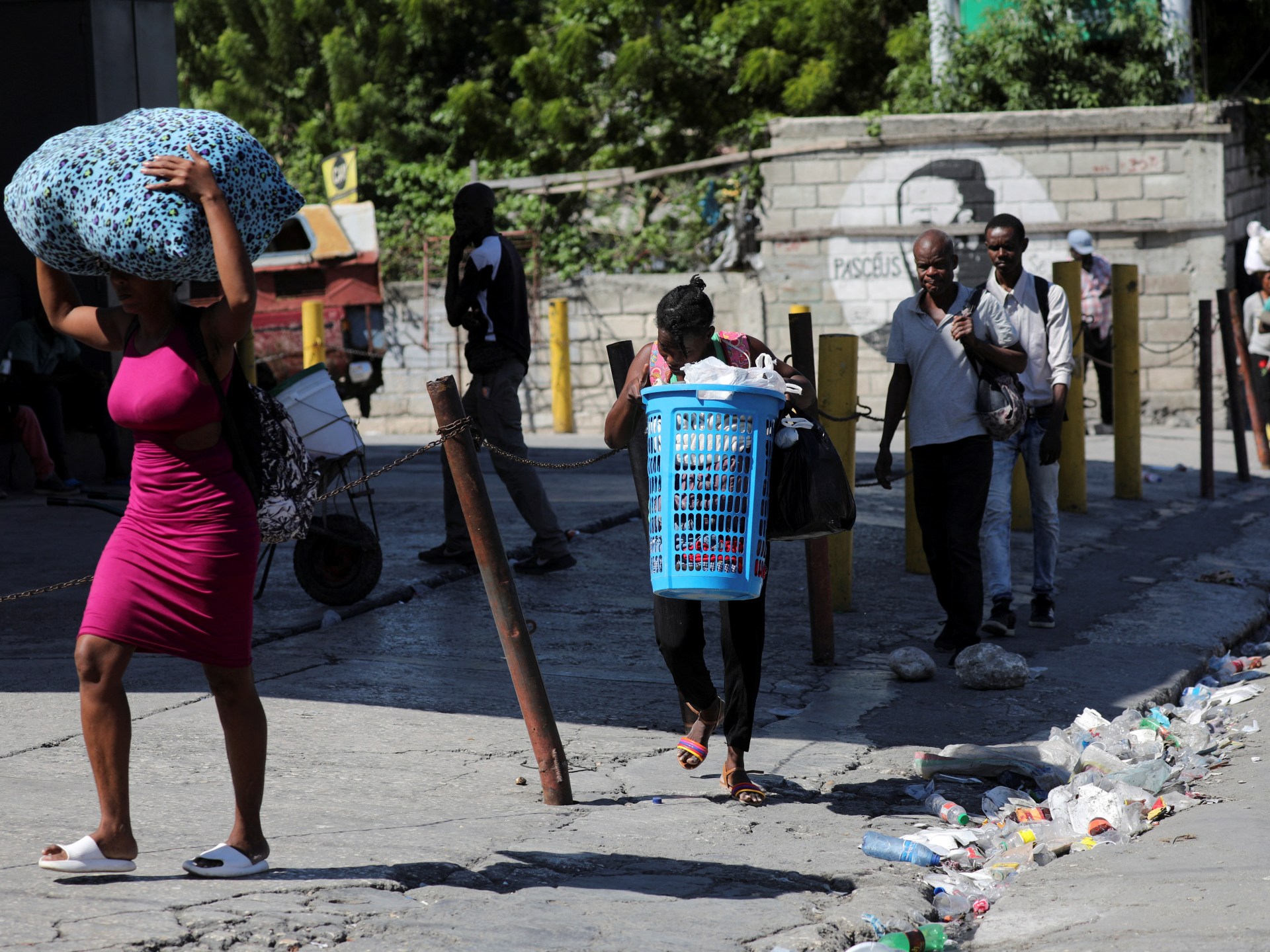Zimbabwe’s gold-backed currency loses half its value: Why and what’s next?
 24 October 2024
24 October 2024


Less than six months after Zimbabwe launched yet another new currency, it was forced to devalue it, signalling new challenges for the Southern African country’s efforts to stand up a local currency and reduce dependency on the United States dollar.
In April, Zimbabwe’s central bank launched the ZiG, or Zimbabwe Gold, which was hyped as a stabiliser amid the country’s long-running currency and economic crisis.
But in late September, authorities slashed the value of the new gold-backed currency by more than 40 percent.
The ZiG is only one of several attempts Zimbabwean authorities have made to introduce a new currency since 2009 when surging hyperinflation caused a spectacular crash of the Zimbabwe dollar, or the Zimdollar.
The effects of the inflation crisis are still glaring with Zimbabwe battling high inflation worsened by a severe drought in the region.
Here’s what to know about the latest in Zimbabwe’s currency crisis and why the government’s efforts to establish a trusted local currency are flailing:
What happened?
On September 27, the Reserve Bank of Zimbabwe (RBZ) slashed the value of the ZiG by 43 percent, taking it from 13.56 ZiG to the US dollar at its launch to 24.4 ZiG to the dollar. The currency has further weakened to 27 ZiG this week.
The bank was forced to make the move after widening gaps emerged between the official and unofficial exchange rates of the ZiG as the currency was going for about twice the approved rate on the black market.
Despite the devaluation, there are still huge gaps between official and parallel rates: By October 23, the ZiG was pegged at 40 to 50 to the dollar on the black market, according to the price monitoring website Zim Price Check.
Local businesses and retailers forced to trade with the ZiG at the official rate had reportedly warned authorities that they would close their stores if the rate differences are not tackled, according to reporting by the BBC.
In an interview with the Zimbabwe Broadcasting Corporation this month, RBZ Governor John Mushayavanhu said the move “was not a devaluation but a manifestation of what was already happening on the market”, referring to the depreciation of the ZiG in the months since its launch.
He also said it was not expected to happen again although he said inflation would rise slightly by the end of the year.
“I’d say that the impact … has been felt, but there should be stabilisation going forward. In fact, we should see prices starting to fall,” he added.
Zimbabwe Reserve Bank Governor John Mushayavanhu at the launch of the ZiG currency in Harare [File: Jekesai Njikizana/AFP]
The RBZ launched the ZiG on April 5 to replace the Zimdollar and tackle skyrocketing inflation.
The now-scrapped Zimdollar had become one of the world’s worst performing currencies after it lost nearly all its value because of depreciation. By the time of its death, the currency was exchanged for about 30,000 to 40,000 Zimdollars to 1 US dollar.
Many small businesses had already stopped accepting the local currency with most people opting instead for the US dollar, which has been legal tender since hyperinflation hit the country from 2007 to 2009.
Mismanagement, corruption and sanctions by the US and the International Monetary Fund (IMF) had caused Zimbabwe’s economy to flail under longtime former President Robert Mugabe. The RBZ then resorted to printing money to ease the situation, flooding the economy with currency that had no real worth.
The hyperinflation that followed saw people lose all their savings and pensions as prices of food and other necessities skyrocketed with a loaf of bread costing 500 million Zimdollars. The general inflation rate was about 79 billion percent.
At one point, the RBZ issued a 100 trillion Zimdollar banknote.
In 2009 at the height of the crisis, the government was forced to temporarily scrap the local currency and allow the US dollar, which was already on the black market, to be used legally.
In 2019, the local currency was introduced but three-digit inflation has persisted. A digital gold-backed currency was also introduced in May 2023 to a lukewarm reception by businesses.
Zimbabwean authorities have struggled to wean the population off the US greenback as it has become the most reliable currency for people to secure their savings.
By April, about 85 percent of the country’s transactions were conducted in US dollars, Mushayavanhu told reporters in Harare during the ZiG launch.
Is the ZiG better than the Zimdollar?
The effects of the new currency are mixed for now, and some said it is too soon to assess the ZiG’s performance.
The currency is anchored on a mix of foreign currencies, gold, diamonds and other precious stones in Zimbabwe’s reserves. Mushayavanhu said in April that Zimbabwe had 1.1 tonnes of gold worth US$175m as well as foreign currency reserves of US$100m.
Zimbabwe boasts vast gold deposits with the precious metal accounting for almost 25 percent of all exports in January, according to official data. However, the country’s 16 million people continue to experience hardships in an economy long battered by high inflation, and many rely on aid.
The ZiG comes in eight denominations, including coins, with the highest being the 200 ZiG note. The notes feature a drawing of gold blocks being minted and Zimbabwe’s Balancing Rocks, which were also on the Zimdollar notes.
Many Zimbabweans, though, do not appear to trust it.
“The ZiG has been getting weaker, so it does not make business sense to transact with it,” Maynard Maketo, a street hawker selling candy and phone recharge cards, told the Reuters news agency in September. “I do not have faith in the ZiG. We have been here before with the Zimdollar.”
However, OK Limited bank reported a drop in foreign currency sales in July in favour of the ZiG although the bank did not give the real value of the drop.
Zimbabwean media also noted that the use of US dollars for transactions has dropped from 85 percent to about 70 percent. Officials said they expect more people to gradually accept the currency.
But some don’t have faith in a currency that has come under pressure in less than six months and lost nearly half its value despite government intervention. Authorities arrested black market foreign exchange dealers in April, accusing them of distorting exchange rates.
As the ZiG continues to slide rapidly on the unofficial market, some people – scared of a repeat of 2009 – are increasingly exchanging the currency for the US dollar, pressuring the local currency even more. Some businesses do not accept the ZiG.
Some experts blamed the government’s decision to retain a multicurrency system for the currency’s depreciation although authorities said the plan is to use only the ZiG by 2026, moving up from a previous 2030 deadline.
Others said rushing to make the system a monocurrency one could cause confusion and further hardships as they advised authorities to take their time and stabilise the local currency first.
A boy with a donkey cart arrives to receive food aid in the Mangwe district in southwestern Zimbabwe [Tsvangirayi Mukwazhi/AP]
What next for the ZiG?
The ZiG’s fate is unclear as even some parts of the government appear to have lost confidence in it.
Although government agencies were ordered to pay pensions and salaries in both ZiG and the US dollar, the Grain Marketing Board in September paid wheat farmers entirely in US dollars for this year’s crop.
Civil servants will also get pay raises and annual bonuses in US dollars this year, authorities said.
Some experts said the devaluation was not necessarily a poor move but the government’s task now is to use the currency frequently enough that businesses and individuals start to have confidence in it – for example, by charging more taxes in ZiG.
“I don’t think we are seeing the death of the currency, but we have our work cut out for us,” Lawrence Nyazema, president of the Bankers Association of Zimbabwe told Reuters. “We have to do more work in terms of convincing the citizens that the money is stable. We needed to reset, and now that we have reset, we need to stick to our promises.”
Related News

Mozambique ruling party declared winner of election amid fraud claims

‘Held hostage’: UN says at least 150 killed in Haiti’s capital in past week

Could RFK Jr, Trump’s presumptive health secretary, ban vaccines?

